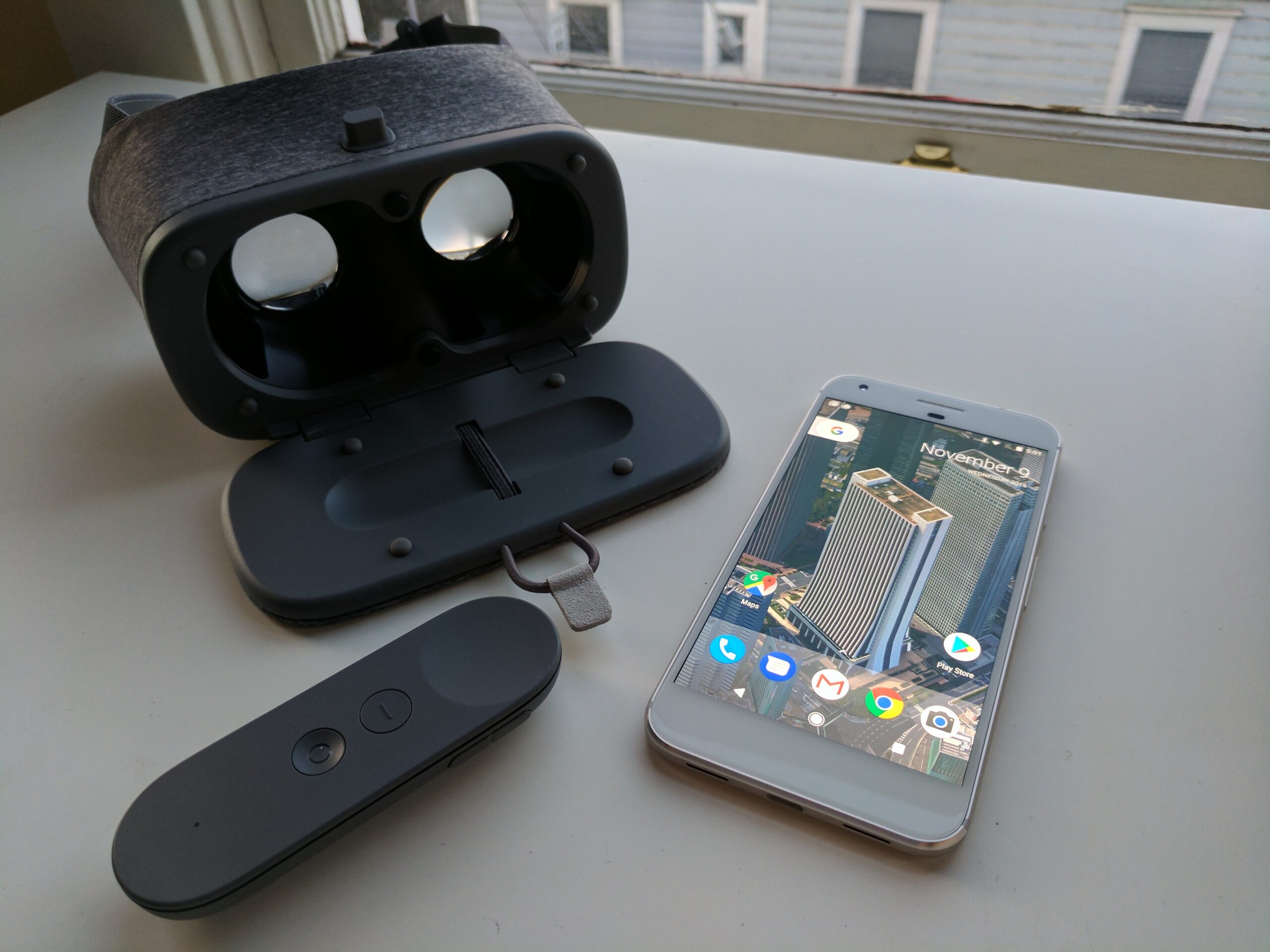The virtual reality industry is teetering on the brink of expansion to mainstream audiences. VR is making its mark on a variety of industries including entertainment with box office record breakers like 2017’s “It”, healthcare with applied pediatric medical training and advertising with AT&T’s use of a virtual car crash simulation to convey the dangers of texting and driving. VR’s applications are highly versatile and nothing short of revolutionary. However, we’ve reached a fork in the road when it comes to total mainstream adoption — a bit of a complex “chicken or the egg” question of which needs to come first — the content or the hardware?
Despite all of the current successful practical applications, VR has yet to become a staple in homes around the world, and statistics point to both hardware and content as the source for hesitation. Consumers have reported the need for additional software, apps and hardware as being the greatest barrier for preventing them fully embracing VR. Companies like Google and Samsung have now turned their focus to creating content more than perfecting the current limitations of hardware such as accessibility, price, image quality and adaptability. Although there are arguments for both sides, it is my belief that captivating content is the key to accelerating VR’s expansion into mainstream culture and audiences.

Unlock premium content and VIP community perks with GB M A X!
Join now to enjoy our free and premium membership perks.
![]()

![]()